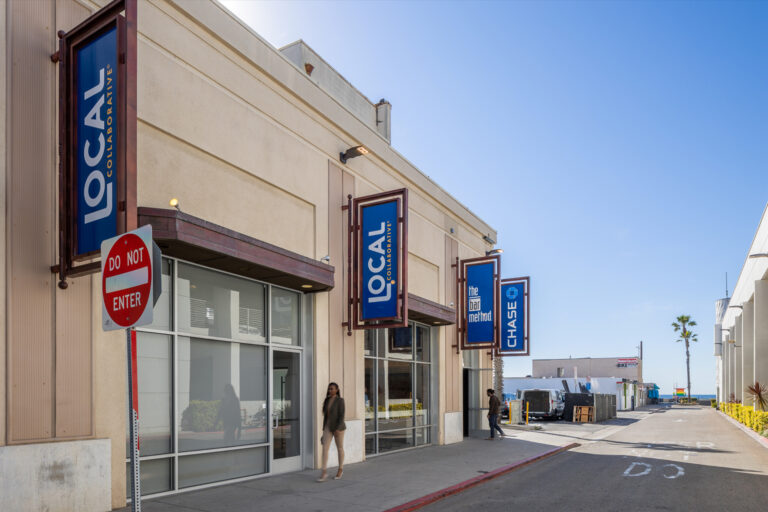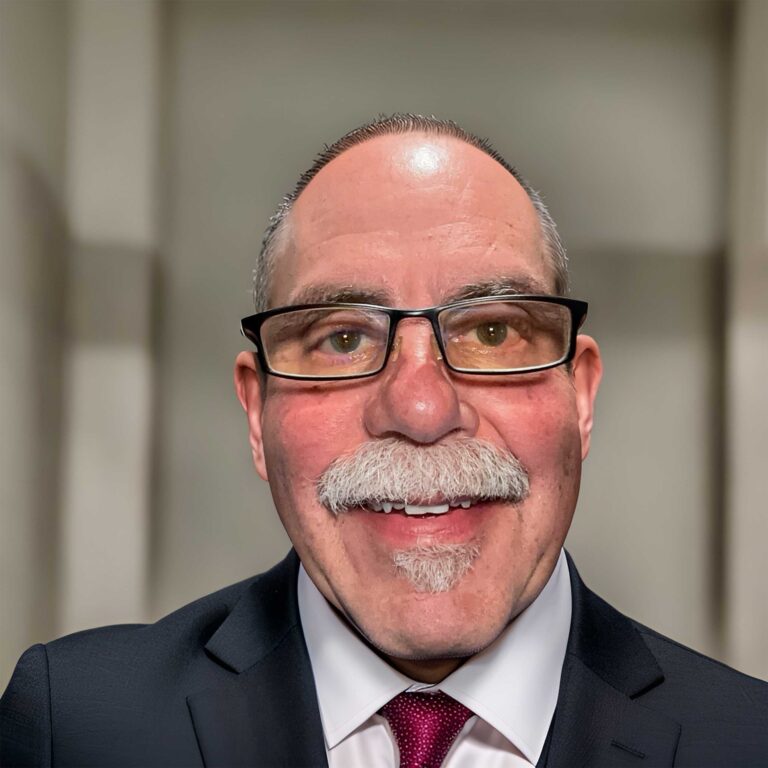Table of Contents
- With Two New Kids on the Block, Playa Vista Situates Itself as Head of the Creative Class
- Talk about how Playa Vista is affecting local urban living.
- How are new neighborhoods Everly and Marlowe playing into the tech-savvy lifestyle?
- What do you make of the symbiotic relationship between Downtown LA’s emergence as an art capital and Playa Vista’s rise as a tech center? Is there a sense of reciprocity between the two?
- How is Playa Vista encouraging creatives seeking a sense of individualism to put down roots in a collective community?
- What is Playa Vista saying now about the cultural shift on the Westside—and what does this mean for the future of local tech?
With Two New Kids on the Block, Playa Vista Situates Itself as Head of the Creative Class
Much has been made of LA’s ubiquitously christened “tech boom,” the ripples of which have caused an epic cultural shift on the Westside. Here, between Marina del Rey and the Westchester Bluffs, Playa Vista pulsates as a connected community with the bona fides of a small city—residences, retail, recreation, and even its own zip code.
Visit the place today, and one only faintly recalls the land where billionaire Howard Hughes placed his aircraft plant. Those days are gone, but Playa Vista is flying high as a best-of-class address with everything in one place and walkable proximity to it all. Like everything else in Playa Vista, its newest single-family neighborhoods—Everly and Marlowe—are community-centric.
With Playa Vista helping fuel SoCal’s humming tech engine, the notion of the master-planned community has taken on a much cooler tone with a much cooler set—one concerned with location and lifestyle in equal measure. (If that weren’t true, half of its populace would still be in Mountain View.) Epitomizing connectivity in its broadest, most essential sense as a shared community among social groups, Playa Vista speaks volumes about the way we want to live now. Here, Brookfield Residential Director of Marketing Alison Girard speaks to DIGS.
Talk about how Playa Vista is affecting local urban living.
The Campus at Playa Vista—the creative office component of Playa Vista—is now home base for Silicon Beach. It has attracted tech titans such as Google, Yahoo, IMAX and YouTube Space LA, along with creative powerhouses 72andSunny, Fullscreen, USC’s Institute of Creative Technologies, and many others. IMAX and YouTube chose Playa Vista for their Southern California headquarters. And Google has purchased 12 acres within Playa Vista for its future creative offices.
Playa Vista has become the Westside address of choice, both for these companies and for their employees, as well as for entertainment professionals seeking convenient commutes and beautifully designed new homes with tech spaces and home-office options.
How are new neighborhoods Everly and Marlowe playing into the tech-savvy lifestyle?
Built by Brookfield Residential, Everly and Marlowe join the other highly successful new-home collections within walking distance of creative offices at Playa Vista, and close to many other Silicon Beach and Westside employers. These residences have energized the Westside real estate market: Practically all other homes available in the area are relegated to resale properties or new homes developed on single lots.
Everly and Marlow—a limited collection of homes that are among the final new residences that will be available at Playa Vista—respond to market demand by emphasizing smart spaces, style and flexibility, including spaces designed for working at home. They are detached, yet connected to surrounding community amenities, with contemporary, window-filled vertical architecture that offers space and privacy within Playa Vista’s vibrant urban environment. Marlowe is designed to advanced LEED Silver specifications; the homes include Title 24-compliant LED lighting throughout, and Category 6 data wire for phone lines and high-speed data connection in all bedrooms, [the] kitchen, great room and family room.
The stylish third-floor lofts and spacious decks of Marlowe epitomize this lifestyle: Many of them overlook the creative offices such as IMAX and YouTube.
What do you make of the symbiotic relationship between Downtown LA’s emergence as an art capital and Playa Vista’s rise as a tech center? Is there a sense of reciprocity between the two?
It is more than a coincidence that world-class art institutions such as the new Broad museum in DTLA are emerging at the same time Playa Vista has become the home for LA tech and media industries. Both are a sign of the city’s maturation. LA has long been a world capital of creativity. But now, tech powerhouses such as Google desire to be as close as possible to the city’s creative class. That includes being in healthy proximity to the city’s art and entertainment talent, many of whom are based on the Westside.
And don’t forget: The beach cities—Venice and Santa Monica, in particular—have a history of producing international visual artists such as Richard Diebenkorn and Ed Moses. This has always been a creative place. It is exciting now to see Los Angeles thrive in so many ways and in so many neighborhoods.
How is Playa Vista encouraging creatives seeking a sense of individualism to put down roots in a collective community?
Tech culture is by definition creative. That’s why tech and media offices are classified as ‘creative space.’ Visit any of the new offices within Playa Vista and you’ll see this culture at work: large, open floor plans that encourage interactive thinking, indoor/outdoor spaces for impromptu brainstorming, architecturally daring designs drawing the kind of talent that more ‘corporate’ offices simply cannot attract. The Campus at Playa Vista’s Central Park provides even more room to think and create.
This culture is another expression of the social excitement of Playa Vista. Our Concerts in the Park, weekly farmers’ market, summer movie nights and other events attract the many highly diverse members of our community. It’s a diversity and creativity that’s on display every day in the dozens of impromptu interactions between people in the parks, shops, restaurants, workplaces, and in places like The Resort, the new, state-of-the-art residents-only club.
What is Playa Vista saying now about the cultural shift on the Westside—and what does this mean for the future of local tech?
The story of Silicon Beach in the last two years is that as tech companies mature, they are outgrowing their spaces in Santa Monica. Playa Vista has welcomed them. IMAX is one of the most visible examples. The company moved from Santa Monica to create new headquarters on a huge IMAX scale that was only available in Playa Vista. Concurrently, there is a natural shift of tech, creative and entertainment workers moving their homes—not just from Santa Monica to Playa Vista, but from many Southern California neighborhoods. This trend will comfortably continue with Playa Vista projected to accommodate up to 12,000 residents by 2018.
Photograph Courtesy of Eric Figge


